

BRADLEYS
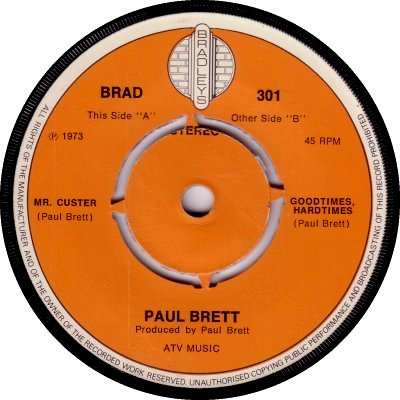
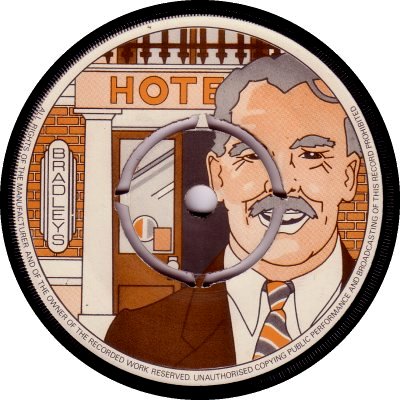
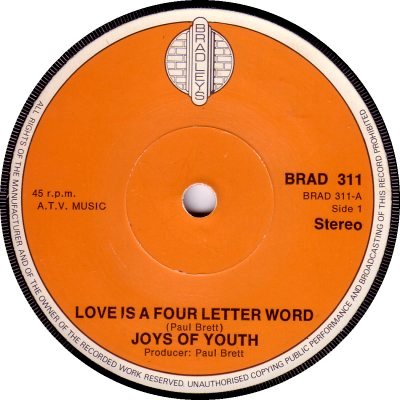
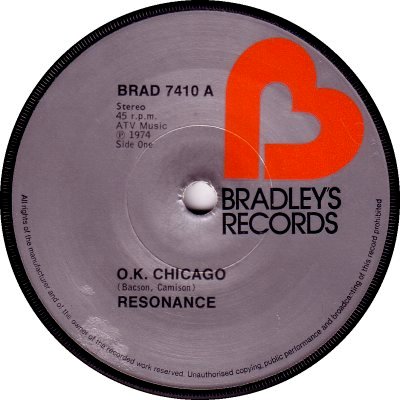
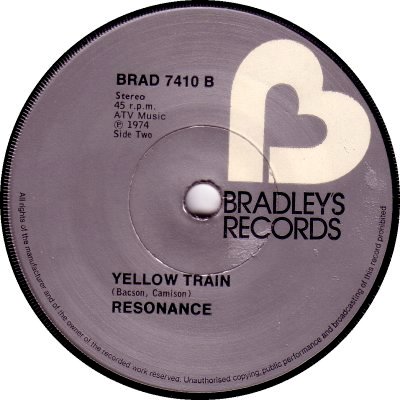
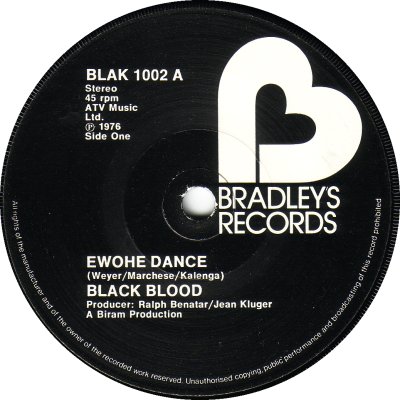
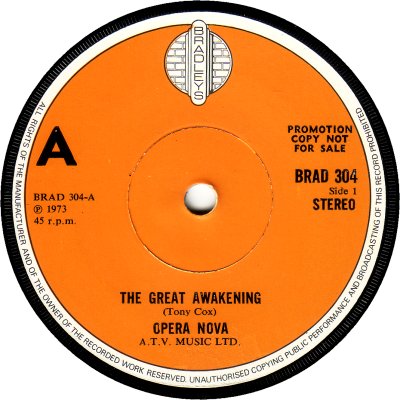
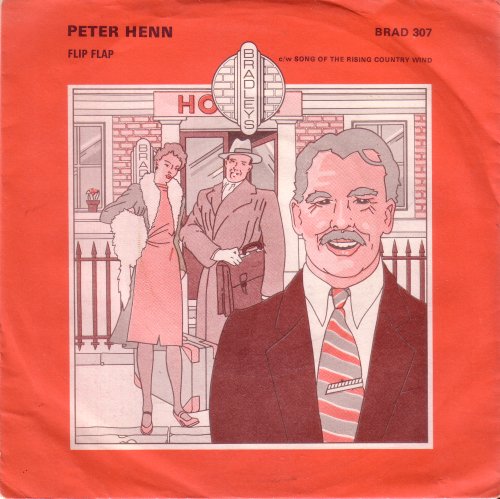
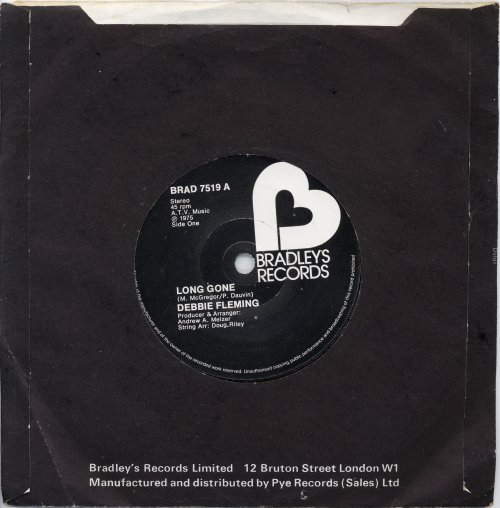
The record label of ATV Music. Bradleys issued a
surprisingly large number of singles, few of which troubled the chart
compilers. It started out in January 1973 as a contemporary
music label, and featured only artists who had signed a publishing agreement
with the parent company. Sales weren't impressive, and after the
resignation of label manager Derek Johns in June of that year it underwent a
change of direction, concentrating on commercial singles aimed at the
Pop market ('Music Week', 2nd June 1973). From July
1975 Bradleys made an effort to break into the Soul / Disco
market, with the records concerned being given a black label to distinguish
them from the Pop product (6); the hope was that the company could
"Establish itself as a valid and successful Soul source." No more than ten
releases a year were planned, each one 'carefully chosen' (MW, 19th
July). At the start of 1976 these black-labelled issues
were numbered in a separate BLAK-1000 series, presumably to emphasise
their discrete identity. May 1976 saw rumours of a takeover by
Pye (MW, 15th May); after the departure of then managing director Geoffrey Heath
to form Heath Levy music Pye took over the administration of Bradleys, but its
status as an autonomous independent concern were not affected (MW, 19th
June). Heath's successor at ATV, Peter Philips, took the decision to
concentrate on publishing, and the end of 1976 saw the end of Bradleys
Records.
When the Bradleys label first appeared, in February 1973, it was orange
in colour; its releases came in a BRAD-300 series, which reached BRAD-317
by the end of the year. For the first batch of three
singles the credits appeared on the 'A'-side (1) and a picture appeared on
the obverse (2). This practice was quickly abandoned, and the standard credits-on-both-sides kind of
label was adopted from BRAD-304 onwards (3). The first eight singles came in a company
sleeve which had the titles and the artist's name printed
at the top (8). 1974 brought a change of catalogue numbers, to BRAD-xx00,
the 'xx' being the last two numbers of the year when the recording was
made: BRAD-7400s were made in 1974, 7500s in 1975, and 7600s in 1976. The year of release usually coincided with the
year of recording, but not always. The last scheduled single to be recorded in a
given year had that year repeated in the final two digits as well,
as in BRAD-7474. After four issues in the new numbering the label turned silver
and the old logo was replaced by a new one which
looked like a cross between a heart shape and a letter
'B'. This logo was coloured red on the 'A' side
(4) and white on the 'B' (5). Singles appear to have usually
come in plain white sleeves, but some had a rather self-effacing company sleeve, the front
of which was plain black (9); there don't
seem to be all that many of those sleeves around. Manufacture and distribution
of all these different Bradleys records were by Pye. The company had a No.2 hit
in 1974 with Stephanie De Sykes', 'Born With A Smile On My
Face' (BRAD-7409); she got into the Top 20
in the following year with 'We'll Find Our Day' (BRAD-7509). The label's main hitmakers,
however, were the Goodies, who had five novelty successes
in 1974-75; the biggest of them, 'Funky Gibbon' (BRAD-7504; 1975), got to the No.4
spot.
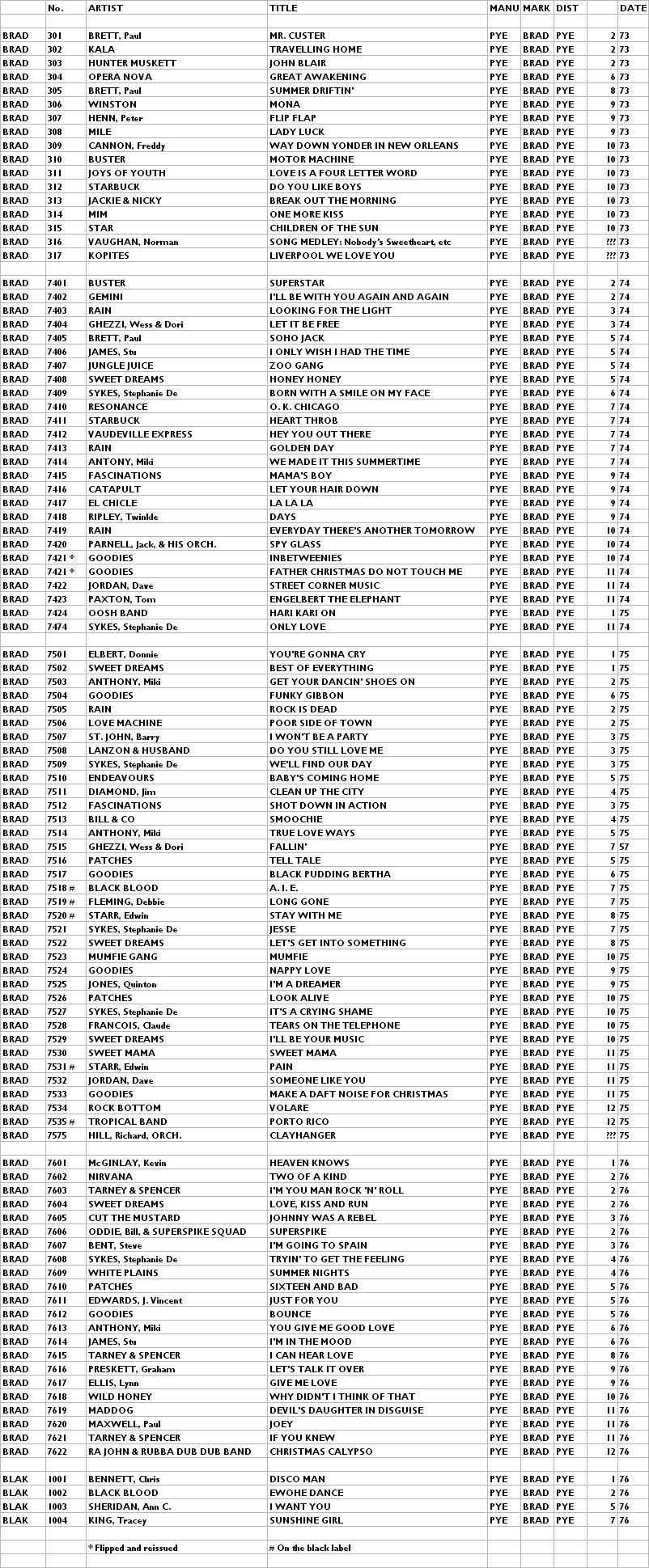


Copyright 2006 Robert Lyons.













